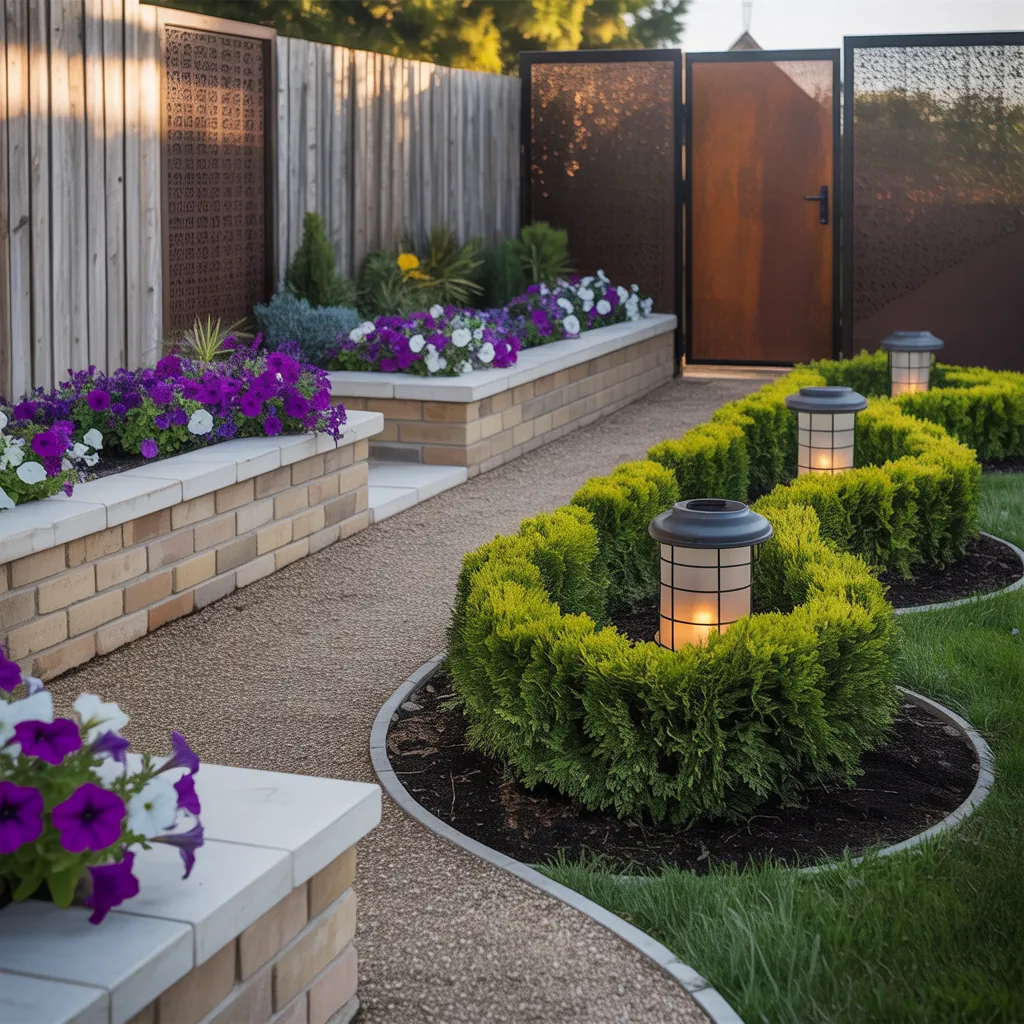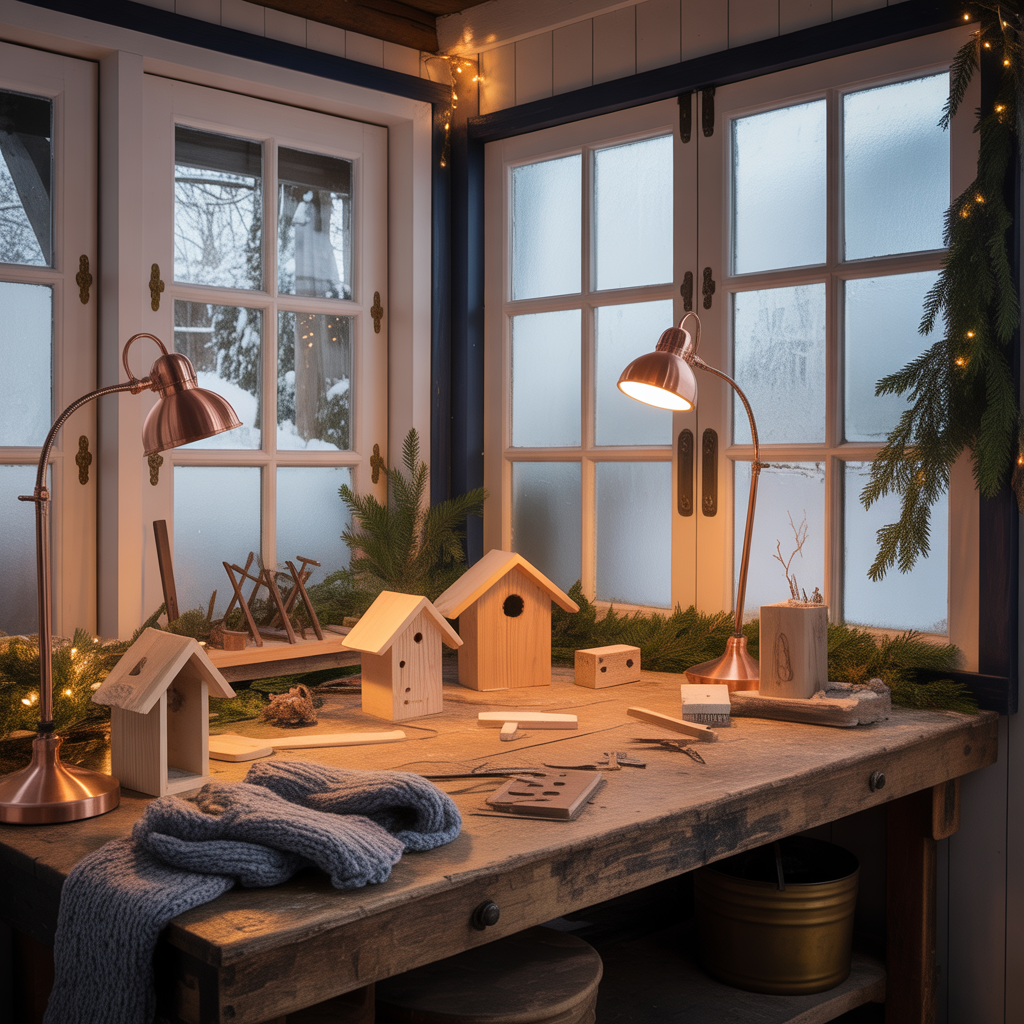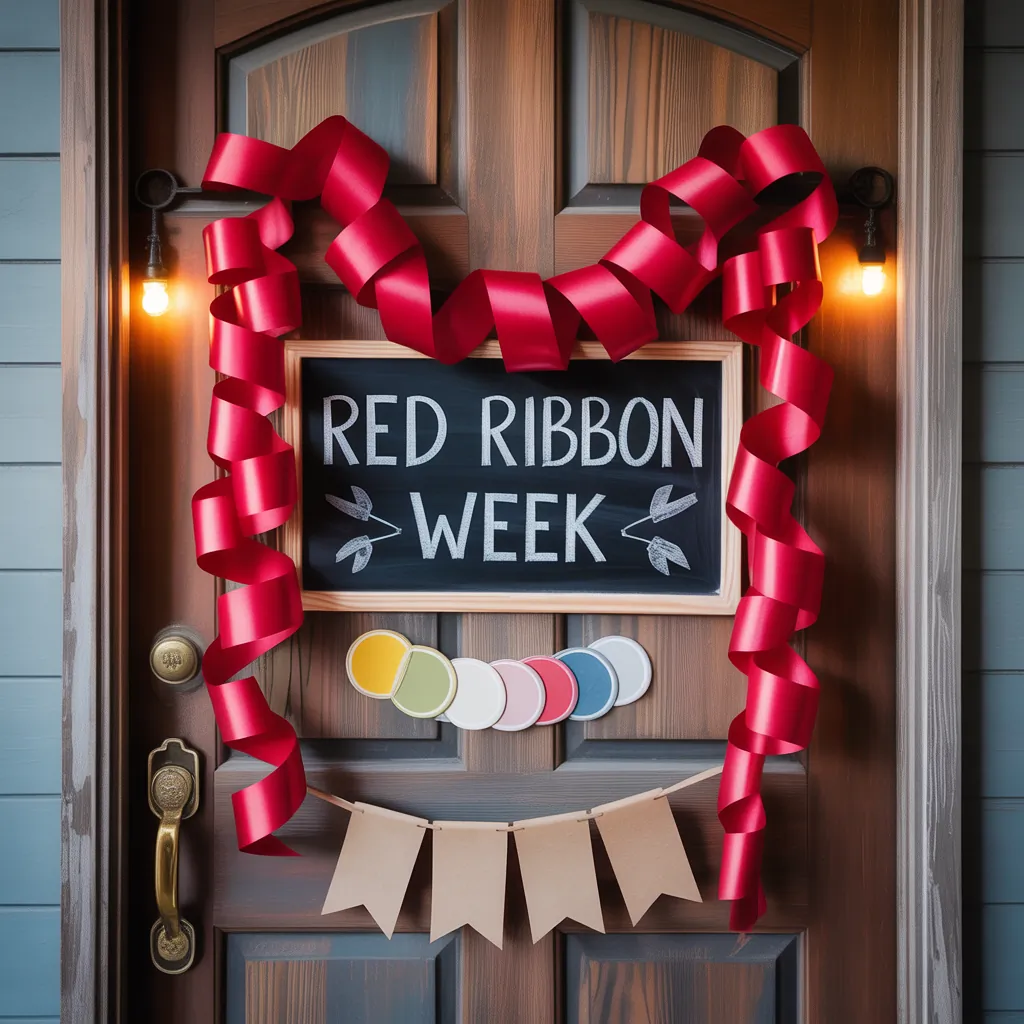Ever stood on your porch wondering whether that strip of grass near the sidewalk is yours — or your neighbor’s — and wished there was a simple, beautiful way to mark the line without starting a backyard feud? Defining a front yard boundary can be both practical and decorative. Whether you want privacy, curb appeal, or a friendly partition, these front yard property dividers ideas will help you choose and build the perfect solution.
Why add a front yard property divider?
Before diving into projects, think about what you want your divider to accomplish. Are you after privacy, a clear boundary, decorative curb appeal, or a low-maintenance border? Knowing the function will guide material choice, budget, and construction method. Also remember to check local codes and call utility locating services before digging.
Creative front yard property dividers ideas
Below are practical, design-forward options with DIY tips, estimated effort, and key benefits for each approach.
1. Low wooden slatted fence (modern & neighbor-friendly)
- Best for: Clear boundary, light privacy, modern curb appeal
- Materials & tools: Pressure-treated wood or cedar slats, posts, screws, post-hole digger, level, stain/paint
- DIY steps:
- Time: Weekend project for 25–40 feet depending on help.
- Estimated cost: $300–$1,000 depending on wood and length.
2. Raised planter boxes as living dividers
- Best for: Color, seasonal interest, soft separation
- Materials & tools: Cedar or composite planters, potting soil, plants (boxwood, lavender, ornamental grasses), drill, level
- DIY steps:
- Benefits: Easy to modify, avoids digging, great for renters.
3. Decorative metal screens & trellis with climbers
- Best for: Vertical interest and semi-privacy
- Materials & tools: Metal panels or lattice, climbing plants (clematis, honeysuckle), anchors, screws
- DIY steps:
- Visual impact: Adds texture and works well with modern or cottage styles.
4. Natural hedges & drought-tolerant shrubs
- Best for: Quiet, green barrier and wildlife habitat
- Plants to consider: Boxwood, privet, yew, rosemary, dwarf hollies
- Tips:
5. Rock border or gabion wall for durable separation
- Best for: Low maintenance, rustic or industrial look
- Materials & tools: Natural stones or gabion cages, landscape fabric, shovel
- DIY steps:
- Pros: Extremely durable and pet-friendly.
Practical tips for any property divider project
- Check local easements and HOA rules before building.
- Talk to your neighbor — a cooperative approach avoids disputes and sometimes splits costs.
- Call utility locating services to mark underground lines where you’ll dig.
- Choose materials suited to your climate (rotting concerns, freeze-thaw cycles).
- Consider accessibility — avoid creating trip hazards near walkways and driveways.
Budget-friendly quick fixes
If you want an immediate visual boundary without big investment:
- Install short decorative posts and rope or chain for a nautical look.
- Paint a curbed line or add colorful street-side edging to mark the property.
- Use large containers or boulders spaced evenly to form a soft barrier.
DIY step-by-step: Build a simple post-and-planter divider (weekend project)
- Materials: 4×4 posts, cedar planters or wood for boxes, screws, gravel for drainage.
- Layout: Measure and space posts 6–8 feet apart along property line.
- Set posts in concrete; allow 24–48 hours to cure.
- Attach planter boxes between posts or set planters on a gravel bed around posts.
- Fill with soil and plant structural shrubs or year-round greenery.
- Maintenance: Water deeply at planting, mulch annually, and prune as needed.
Design inspiration: Match your home’s style
- Modern homes: Horizontal slatted wood or corten steel panels for a clean look.
- Cottage or traditional: White picket fences, flowering hedges, and trellises.
- Ranch or rustic: Split-rail fences, boulders, or mixed native shrubs.
Neighbor etiquette and legal considerations
Even decorative dividers can become contentious if done without notice. A quick conversation and showing a simple sketch usually solves concerns. For permanent structures, verify setbacks and permit requirements with your municipality. If a divider sits on a true property line, consider a written agreement with your neighbor for maintenance responsibilities.
Frequently Asked Questions
1. Do I need a permit to install a front yard divider?
Permit requirements vary. Small, non-permanent items (planters, low posts) often don’t require a permit, but fences above a certain height, dense hedges near sightlines, and structural walls may. Check with local building authorities before starting.
2. What is the most low-maintenance front yard property divider?
Gravel borders with stone edging, gabion walls, or drought-tolerant hedges are among the lowest maintenance. Metal screens and composite planters also require minimal upkeep compared with painted wood or high-trim hedges.
3. How do I measure the right height for a divider?
Consider purpose: 2–3 feet for visual separation and curb appeal, 4–6 feet for privacy. Also check sightline rules near driveways or street corners — many towns restrict tall plantings that block visibility.
Conclusion
Choosing the right front yard property dividers ideas can transform your curb appeal, provide privacy, and define your outdoor space without conflict. Start small with planters or decorative posts, or commit to a weekend build like a slatted fence or planter-and-post divider. Remember to check local rules, communicate with neighbors, and pick materials that suit your climate and maintenance preferences. Ready to get started? Browse more DIY projects for step-by-step guides or explore home design ideas and kitchen upgrades for broader inspiration. Share your plans or questions below — let’s make your front yard both beautiful and unmistakably yours!



